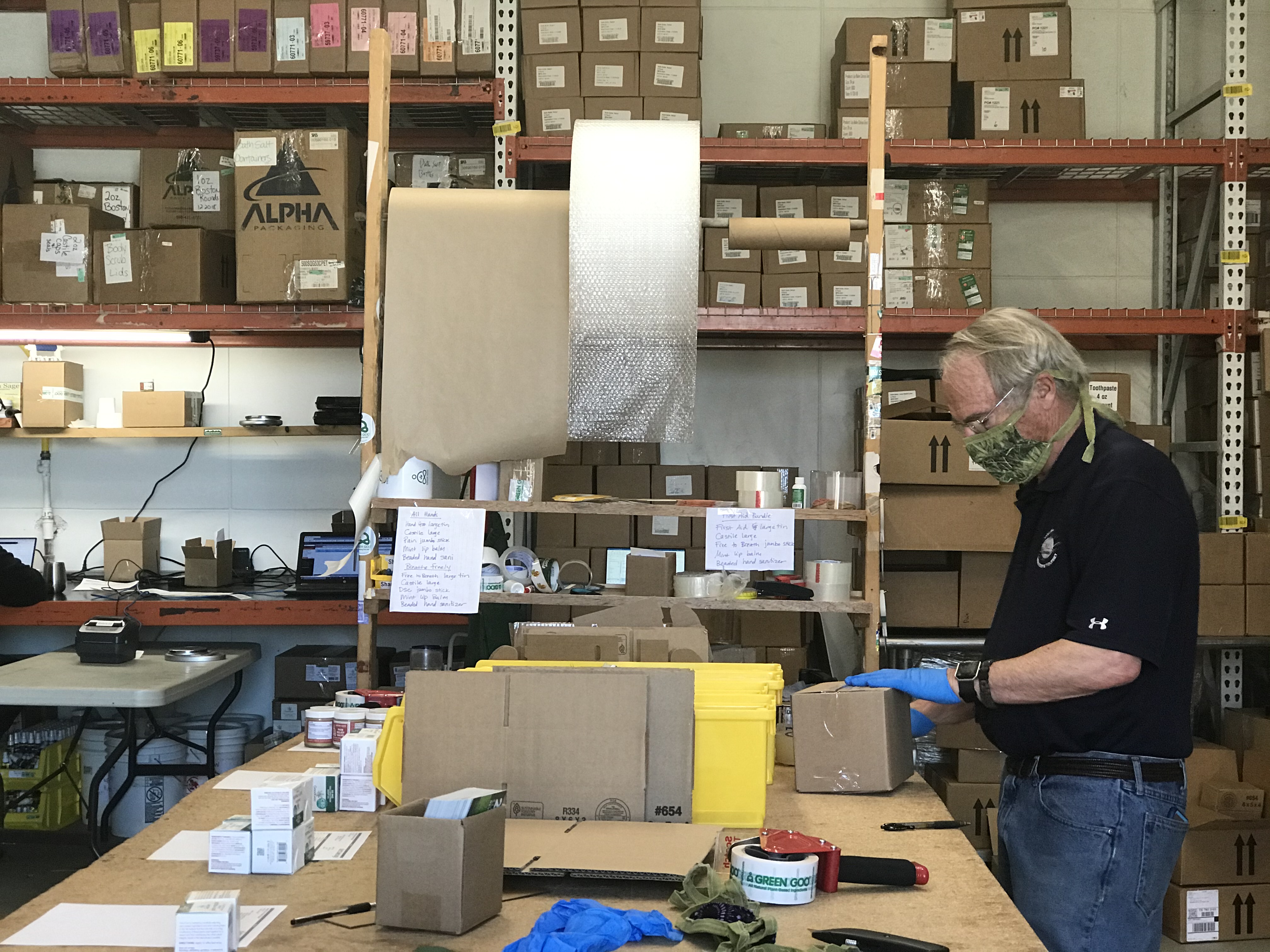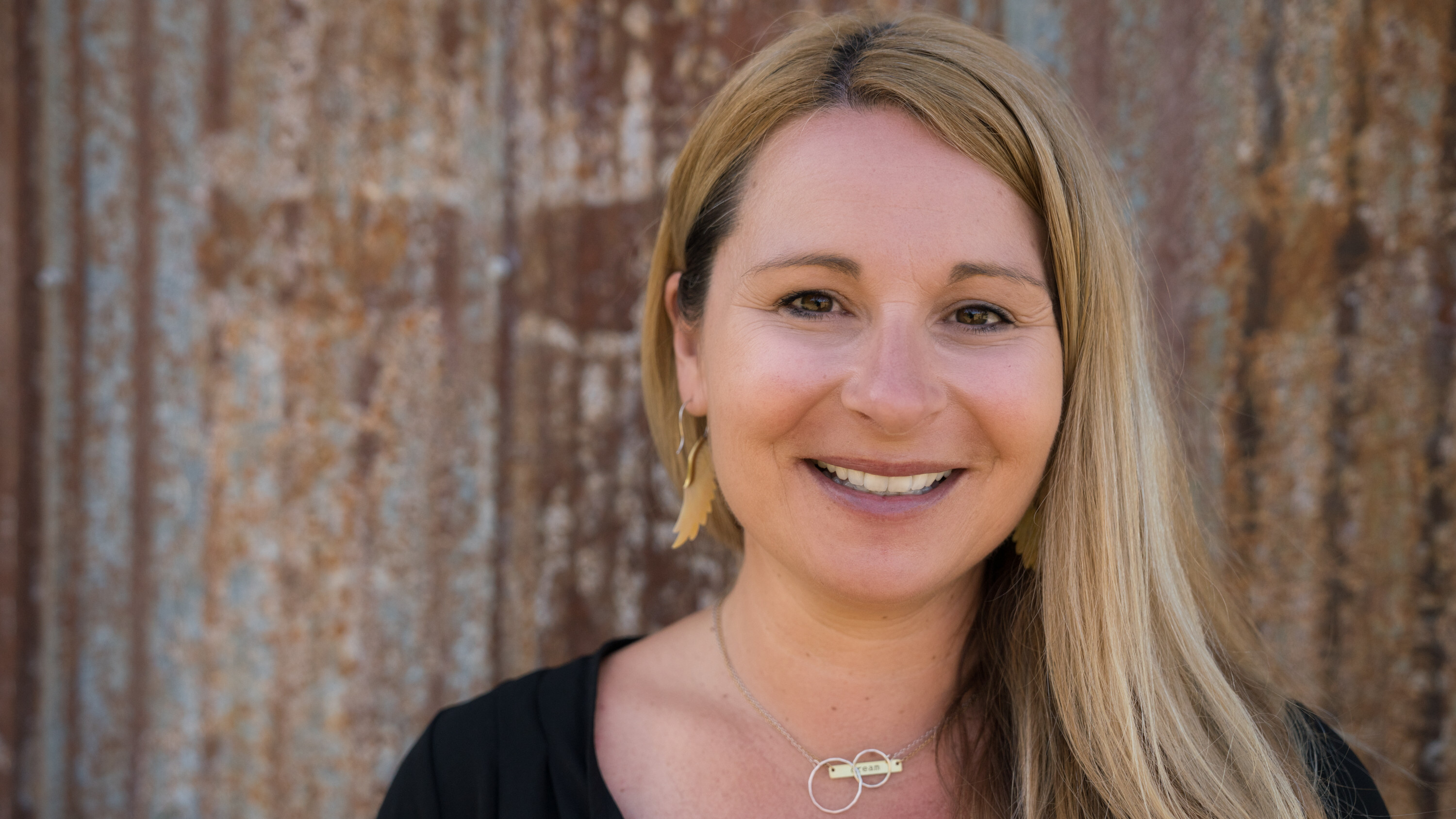This has been a challenging year, to say the least. Our business has changed, the way we do business has become almost unrecognizable, and today’s best-selling products via GreenGoo.com weren’t even available six months ago. From the supply chain and cleaning regimens to remote offices and styles of communication, Green Goo has planned ahead, stayed agile, and remained committed to the health and wellness of our staff, our community, and our families.

As Chief Executive Officer, maintaining the right balance as we negotiate the bumpy way forward has required me to go back to basics in many ways. Here are a few leadership tools that made it back into my regular rotation throughout the early stages of navigating this new reality.
THE IMPORTANCE OF BEING AGILE AND RELEVANT, PIVOTING
Once the pandemic hit, our skin- and body-care business had to pivot and pivot fast. Luckily, as an up-and-coming business, agility was already in our DNA. We moved to:
- Supply staff with the necessary equipment and tools to work from home
- Ensure our warehouse staff could operate safely
- Expand our shipping locations around the U.S. to insulate risk
- Produce much-needed, effective hand sanitizer
- Bring back recently discontinued, now extremely relevant products, such as bar soaps and foaming hand soaps
- Increase our supply chain for historically lower-selling items with reduced inventory numbers, like our:
- Castile Soaps: for handwashing and its versatility
- Hand Goo: for the effects of over-washing hands
- Free To Breathe: an aromatic for cold- and flu-like symptoms

I was reminded of the early days of the company when there were no unsolvable problems – only solutions we had not yet found. That mentality aided me then as it has in 2020 in viewing problems from a different lens, leading me to simplify our own wants and needs. I never thought we’d compromise on product formulations or go to market with a product that didn’t meet all-natural standards we’ve set, for example, but you have to do what you have to do. Our hand sanitizer, still relatively clean with only four ingredients, has offered relief and security to our customers.
ESTABLISHING EFFECTIVE COMMUNICATION STYLES IMMEDIATELY
We treat communication within our family-operated business as we have in our own family for decades: our key to success. Before COVID-19, most of my colleagues worked collaboratively in the same office space, and we’d nailed down effective communications styles across departments. With departments and team leaders separated in remote situations, we’ve established new cadences to our communication. Our twice-a-week all-hands conference calls shifted from the conference room and speaker phone to many-faced, tiled Zoom meetings. We’re still in the same room, virtually, and can effectively share updates, resolve unknowns, and debate next steps. I’ve also made sure to schedule individual, comprehensive weekly meetings with my departmental leaders to ensure they have the tools and support they need both professionally and personally.
It’s important to provide space and sage advice, when applicable, in order to help those struggling with current events or side effects of working from home. I spend more time than ever before checking in with team members, and I recognize it’s even more essential to my role now that we don’t get in-person face time. I’m not immune to some of these struggles myself, which is why I empathize, listen, and truly understand the importance of being present for my team. No one person can solve everything; together we can make a difference.
GETTING OUT OF FIGHT-OR-FLIGHT + PLANNING FOR THE FUTURE
Supply chain challenges didn’t start with the pandemic, but it more than exacerbated the hurdles we had already been facing. Suddenly the world’s supply chain had a few wheels fall off — not just those affecting our company. The rules changed. It was hard not to panic while sinking into fight-or-flight mode. What we find in this environment is that, while fighting for today, you must also plan for the future, however uncertain it may seem. This has always been true, but the way today’s environment is shifting on a regular basis is new for everyone. How can we plan for inventory four or six months ahead if spending tendencies have altered our financial outlook in the short term?
This is why so many small businesses are failing, though the shutdown of retail is merely a fraction of the problem. Consumers, who would frequent brick-and-mortars are finding doors closed for one reason or another, can shop online, but the market stops if there’s nothing for them to buy. Suddenly there’s the very real possibility of not needing staff in-store; or marketing teams to promote your goods; or warehouse teams to ship products. It’s as simple as this: if you don’t have something to sell, you don’t have revenue. No revenue, no payroll. As a business owner, that’s a terrifying prospect.
Once we reorganized and cemented the updated production process for some of our essential products, we took a deep breath. We’ve done our best, under the circumstances, to look into the future and forecast needs for the summer, fall, winter, and beyond. These aren’t issues from which we can run or merely hope to survive; we can either succumb to them and fail or put forth a concentrated, sustained effort to succeed.
ACCEPTING WE WON’T JUST BOUNCE BACK – WE ARE DIFFERENT
As nice as it would be to “return to a sense of normalcy” or “go back to normal” or “the way it used to be,” it most likely will not happen that way. Quite honestly, we’ll never be the same. It’s alright. It’s part of life. To put the expectation on yourself and others is a waste of energy and creativity, and a recipe for disaster. We must all accept that our planet is different and ask, “How do we evolve from here?” It’s a difficult question to ponder, but I had to stop thinking about fixing our world and recalling the good ol’ days. I am a total optimist to a fault and will always find a way to imbue our collective mission with hope and positivity, but I learned to step up the realness and rawness of my management style in order to evolve with the situation. The reality is we are where we are and we can’t go back. This is what we are dealing with now; let’s come to grips with, identify, and honor the moment – and spread goodness while we’re at it.
Sometimes I think we’ve been lucky in so many ways, mostly because we are an up-and-coming brand. Agility, communication, growth, and planning for next steps were already essential to Green Goo. When the status quo shifted, we reverted to the well-practiced basics and did what we always do: find solutions and come out stronger than we started. While the world of corrugated cardboard might be in flux, the human part of the equation remains the same: Take care of your people, and customers, and they’ll take care of you.

Jodi Scott is the CEO of Sierra Sage Herbs LLC, makers of all-natural skin and body care brands Green Goo and Good Goo. She is also a co-founder, a title shared with her sister, Jen, and their mother, Kathy. Jodi studied pre-med with an MS in Health Psychology, aiming to bridge the mind, body, and medicine as tools for healthier lives. She also worked in a private practice of her own, helping the chronically ill, sufferers of traumatic brain injury, and impoverished patients. Between passions for socially responsible medicine, the advancement of traditional medical perspectives, and creating and owning several small businesses, Jodi witnessed the life-changing power of her herbalist sister’s medicine from plants. With an ingrained knack for social enterprise, Jodi and the Scotts embarked on a journey to use plants with purpose to change the world.


